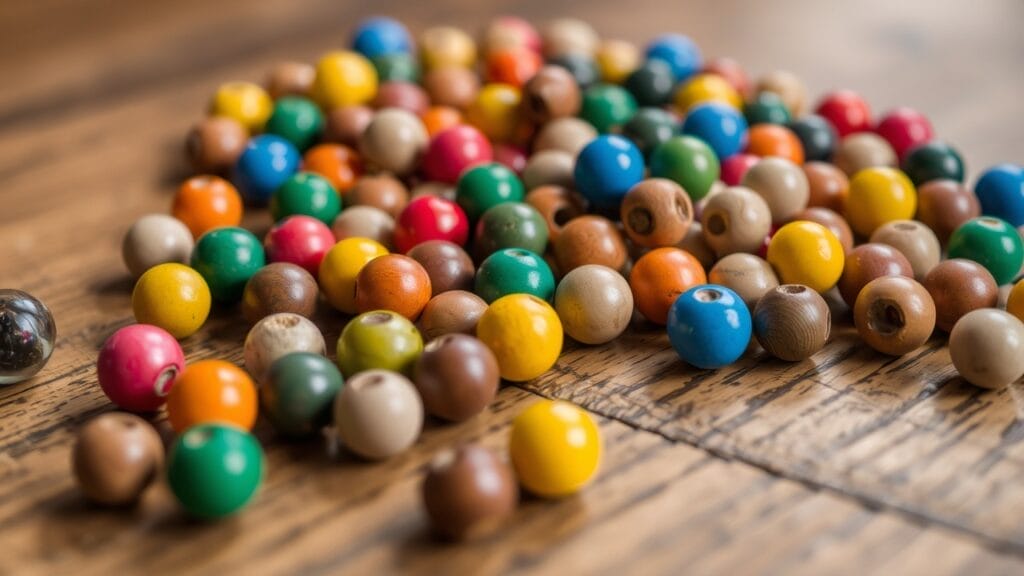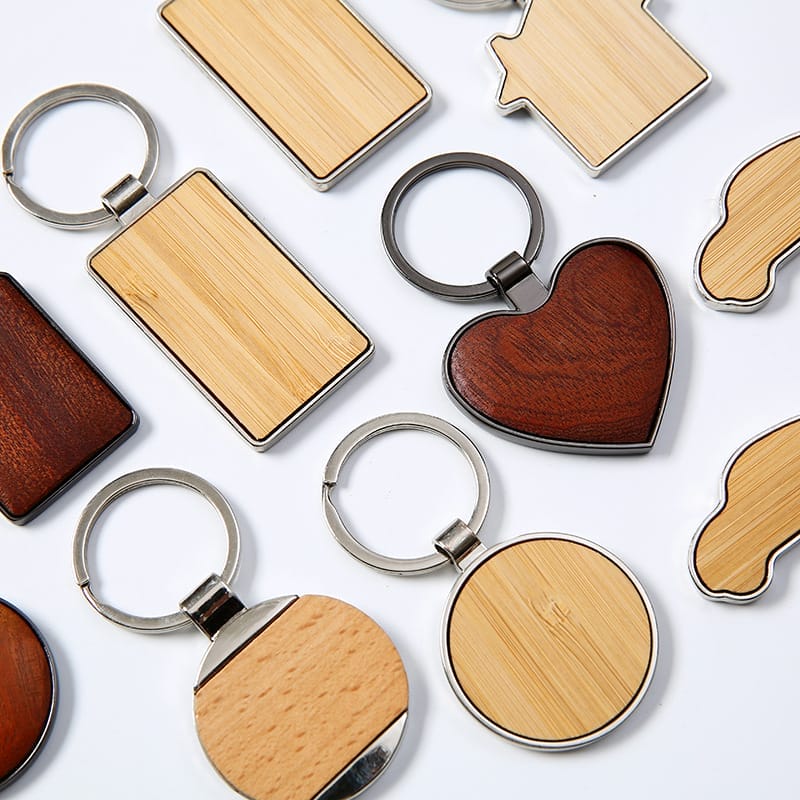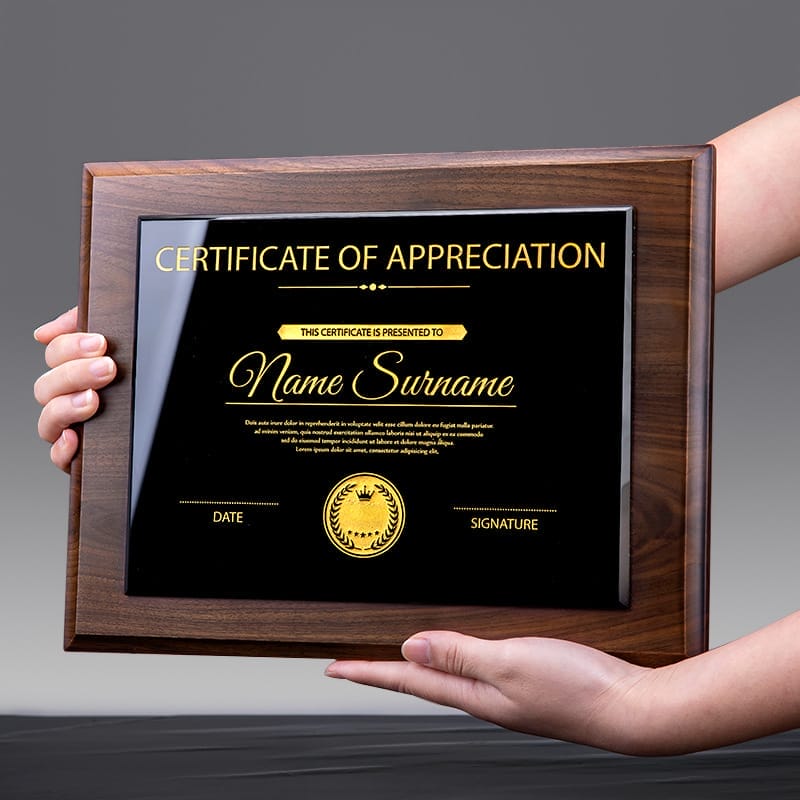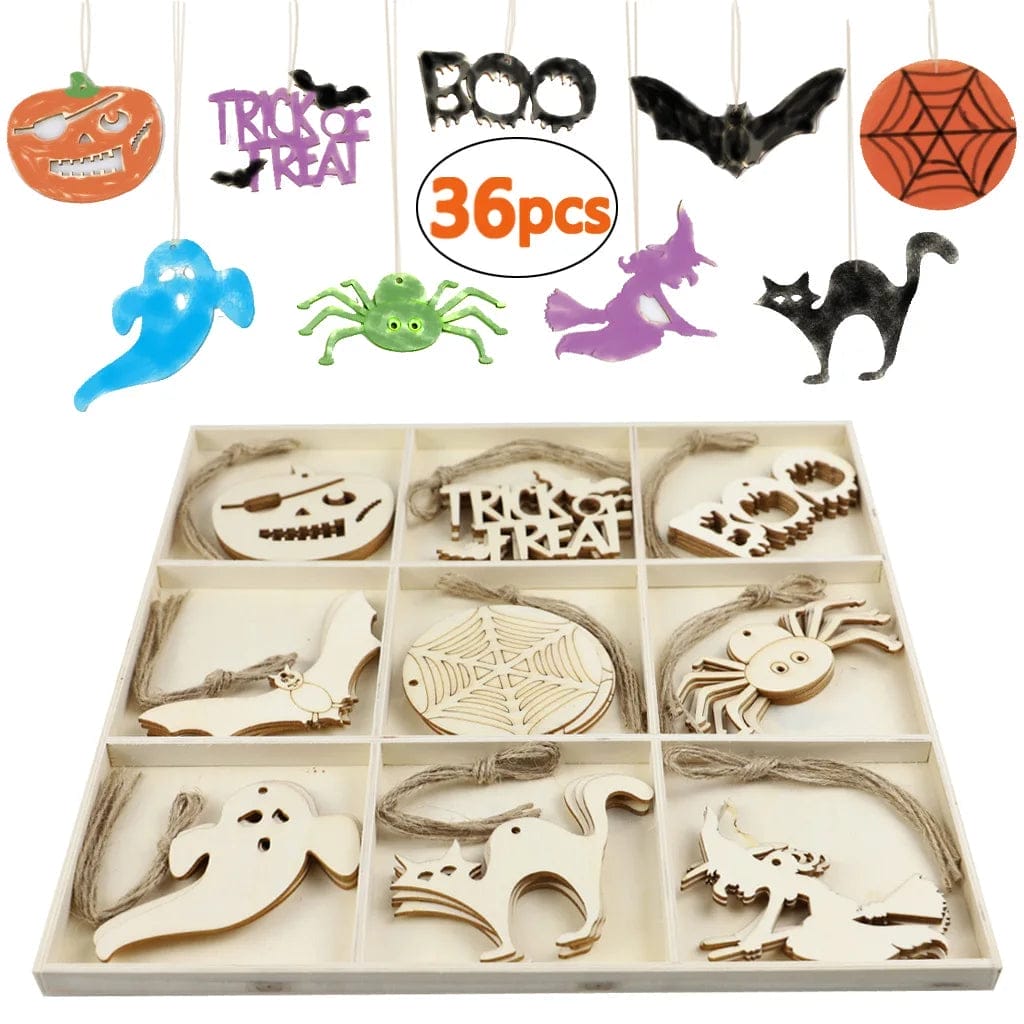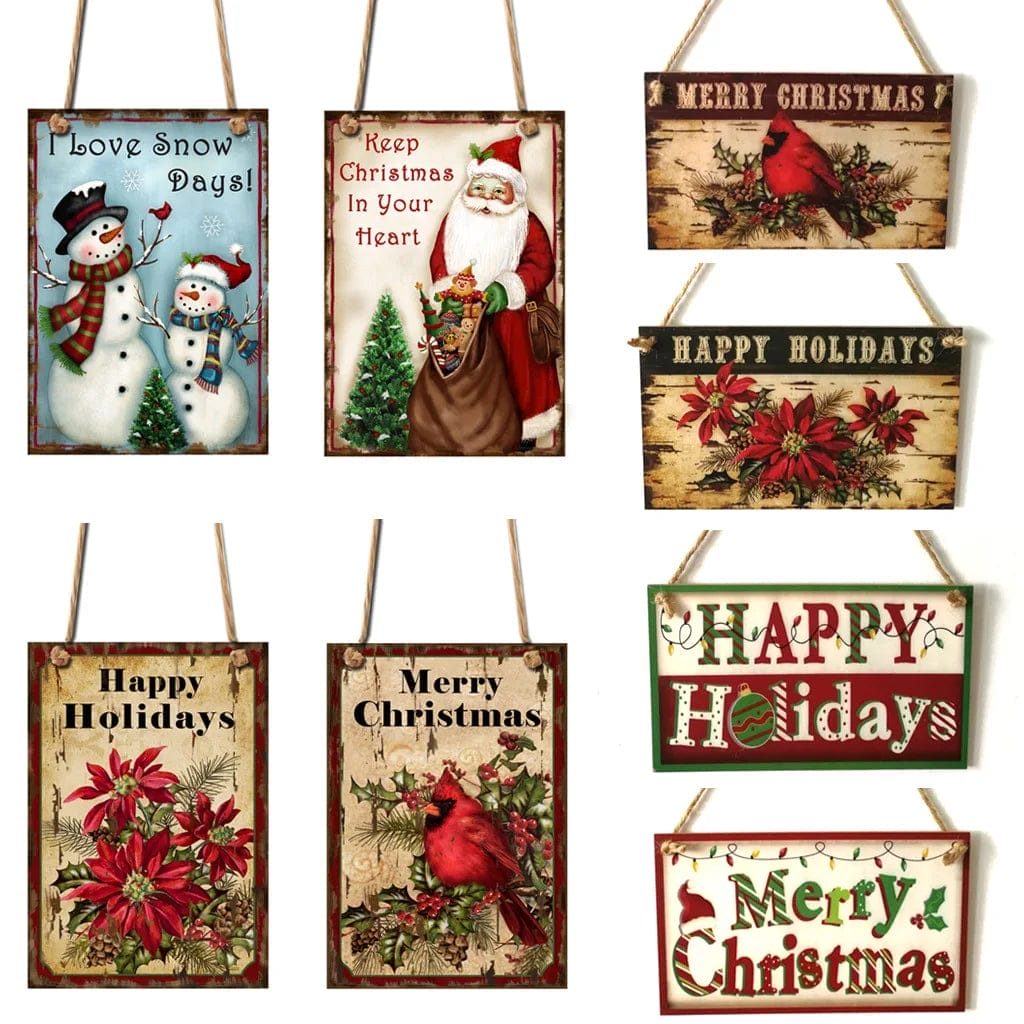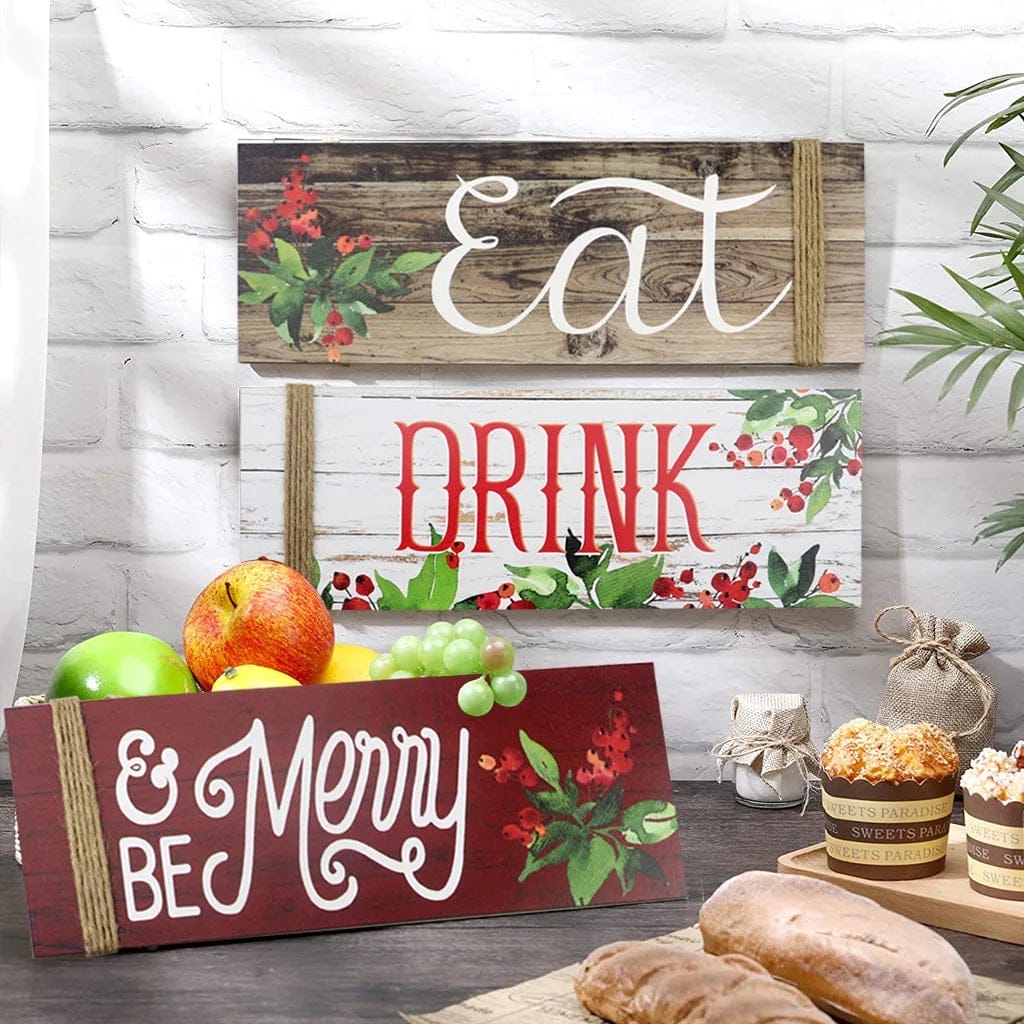When you’re exploring manufactured wood products, you’ll encounter an array of materials that blend traditional lumber with modern engineering. You’ll find everything from solid hardwoods to engineered composites, each serving specific purposes in construction and furniture making. While natural wood forms the foundation, it’s the innovative processing methods and combinations with other materials that create today’s versatile building components. Understanding these distinctions will help you make informed decisions for your next project.
Key Takeaways
- Solid wood components provide the raw material base, utilizing both hardwoods and softwoods for their natural structural integrity.
- Wood veneers, ranging from 0.5-3mm in thickness, are thin slices of high-quality wood used for decorative surfaces.
- Wood chips and particles are compressed with adhesives to create particleboard, offering an economical manufactured wood option.
- Individual wood fibers are combined with resins to produce Medium-Density Fiberboard (MDF) for versatile applications.
- Strands and layers of wood are bonded together to create plywood and Oriented Strand Board (OSB) for structural use.
Definition of Manufactured Wood

Manufactured wood products represent engineered materials that combine natural wood components with adhesives and other binding agents under controlled conditions.
You’ll find these materials engineered specifically to enhance strength, durability, and dimensional stability beyond what’s possible with natural timber.
Composite wood products utilize various forms of wood fiber, from veneers to chips, strands, and particles.
Through precise manufacturing processes, these components are transformed into engineered wood that meets specific performance requirements.
Whether you’re working with plywood, MDF, or particleboard, each type serves distinct purposes in construction and furniture making, offering cost-effective alternatives to solid wood.
Different Types of Manufactured Wood

When you’re selecting manufactured wood products, you’ll encounter five primary types: solid wood components, veneer layers, plywood sheets, particleboard panels, and Medium Density Fiberboard (MDF).
Each type offers distinct structural properties and finishing capabilities, with solid wood providing natural durability, veneer delivering aesthetic appeal, plywood offering strength through layered construction, particleboard providing cost-effectiveness, and MDF ensuring smooth surfaces for detailed work.
Understanding these materials’ characteristics helps you choose the right product for your specific application, whether you’re building furniture, installing cabinetry, or completing interior finishing work.
Solid Wood
Three key attributes distinguish solid wood from manufactured alternatives in commercial products: its natural composition, structural integrity, and aesthetic appeal.
When you’re comparing solid wood to engineered wood products, you’ll find that natural wood offers unique characteristics. Unlike manufactured options, solid wood’s grain patterns run continuously throughout the material, providing superior strength along its length.
You’ll also notice its ability to be repeatedly refinished, extending its lifespan well beyond most alternatives. Its cellular structure allows it to naturally regulate humidity, and it ages gracefully, developing a patina that many consider more valuable over time.
Veneer
Veneer’s versatility as a thin wood layer revolutionizes furniture manufacturing by providing cost-effective solutions for high-end aesthetics. You’ll find this decorative manufactured wood material enhancing various products, offering the beauty of expensive wood species without substantial cost.
| Property | Characteristic |
|---|---|
| Thickness | 0.5-3mm |
| Backing | MDF/Plywood |
| Durability | Moderate |
| Application | Furniture/Panels |
When you’re working with veneer, you’ll appreciate its flexibility in covering curved surfaces and its ability to showcase exotic grain patterns. It’s necessary to maintain stable indoor conditions, as veneers can be sensitive to moisture and temperature fluctuations. While refinishing options are limited, proper sealing will extend your veneer’s lifespan.
Plywood
Plywood’s unique construction of multiple wood veneer layers, bonded together with alternating grain directions, creates a remarkably stable and versatile manufactured wood product.
As an engineered wood material, you’ll find plywood offers exceptional structural integrity for various applications.
- It’s lighter than solid wood while maintaining impressive strength-to-weight ratios.
- You can choose from different grades based on your specific needs.
- The alternating grain pattern helps resist warping and splitting.
- The material requires proper sealing to prevent moisture damage.
For best results, you’ll want to select plywood grades appropriate for your project’s requirements, considering factors like moisture exposure and load-bearing needs.
Particleboard
Manufactured from compressed wood chips, sawmill shavings, and resin adhesives, particleboard represents a cost-effective alternative to solid wood in furniture production.
You’ll find this engineered material commonly used as a core component in kitchen cabinets, shelving units, and office furniture.
The manufacturing process involves binding wood fibers with adhesive under intense heat and pressure. This creates a dense, uniform panel that’s ideal for laminating or veneering.
While particleboard offers excellent value and smooth surfaces for finishing, you’ll need to evaluate its limitations – it’s susceptible to moisture damage and has less structural strength than solid wood or plywood.
MDF (Medium Density Fiberboard)
While particleboard relies on wood chips, Medium Density Fiberboard (MDF) takes wood processing a step further by breaking down materials into individual fibers.
You’ll find this manufactured wood product offers exceptional versatility due to its unique composition and manufacturing process.
- MDF’s wood fibres are combined with resins and wax, then compressed under high heat and pressure, creating a dense, uniform panel.
- You’ll notice its smooth surface is ideal for painting, veneering, and detailed woodworking projects.
- Its consistent density allows for precise machining and intricate edge designs.
- Unlike natural wood, MDF won’t have knots or grain patterns that can interfere with your finished product.
Blockboard
As manufacturers seek stronger alternatives to solid wood, blockboard stands out as a high-performance engineered product consisting of a core made from softwood strips bonded between hardwood veneers.
You’ll find blockboard’s exceptional strength makes it ideal for heavy-duty applications like doors, furniture, and large panels.
Its engineered construction provides superior stability and resistance to warping compared to traditional solid wood.
While the material’s weight can pose installation challenges, its durability more than compensates for this limitation.
You can finish blockboard in various ways to match your design needs, though you’ll need to protect it from moisture to maintain its structural integrity.
Comparison of Different Types of Manufactured Wood

When you’re evaluating manufactured wood products, you’ll find that blockboard and LVL offer superior strength for structural applications, while chipboard and MDF provide cost-effective solutions for furniture and cabinetry.
You’ll notice significant price variations across the spectrum, with plywood and OSB being widely available and economical, whereas veneers can range from affordable to premium depending on the wood species.
With regard to environmental impact, products like insulation board and OSB demonstrate sustainability through their use of recycled materials and efficient resource utilization, though their moisture sensitivity requires careful consideration in application.
Strength and Durability
The strength and durability characteristics of manufactured wood products vary considerably based on their composition and manufacturing processes.
You’ll find varying levels of durability across different composite materials, with some performing as durable as solid wood.
- LVL offers superior strength and stability, making it ideal for load-bearing applications where structural integrity is essential.
- Blockboard demonstrates exceptional resistance to warping, providing long-term reliability in furniture and doors.
- MDF and chipboard show moderate strength but require careful moisture management.
- OSB delivers impressive structural performance, particularly in construction applications where strength-to-weight ratio matters.
Cost and Availability
Market analysis reveals notable cost variations among manufactured wood products, with each type offering distinct price points and accessibility levels.
You’ll find chipboard and OSB as the most cost-effective options, while LVL and high-grade plywood command premium prices.
MDF and particleboard, often incorporating recycled wood content, maintain steady availability and moderate pricing.
Veneer products offer mid-range cost options but fluctuate based on wood species rarity.
Blockboard and fibreboard availability varies by region, affecting local pricing.
Consider that transportation costs and regional manufacturing capabilities markedly impact the final market prices you’ll encounter.
Environmental Impact and Sustainability
Modern manufactured wood products demonstrate varying degrees of environmental impact, with significant differences in their sustainability profiles.
You’ll find varying levels of eco-friendly practices across manufactured wood types:
- OSB and insulation board lead in sustainability, utilizing recycled wood fibers and requiring minimal processing energy.
- MDF and chipboard follow with moderate environmental impact, though their adhesives can contain harmful chemicals.
- Plywood and blockboard offer good resource efficiency through their layered construction, maximizing timber usage.
- LVL and veneers present a balanced approach, using thin wood layers to optimize precious hardwood resources while maintaining durability.
These options let you balance performance needs with environmental responsibility.
Frequently Asked Questions
How Long Does Manufactured Wood Typically Last Compared to Natural Wood?
You’ll find manufactured wood typically lasts 10-20 years, while natural wood can endure 50-100+ years. However, proper maintenance and environmental conditions greatly impact longevity for both materials, affecting their structural integrity.
Can Manufactured Wood Products Be Recycled at the End of Use?
You can recycle most manufactured wood products, though adhesives and treatments may limit options. MDF and particleboard are commonly recycled into new products, while treated materials often require specialized processing facilities.
What Certifications Should I Look for When Buying Manufactured Wood Products?
Look for FSC (Forest Stewardship Council), CARB-2 (California Air Resources Board), and SFI (Sustainable Forestry Initiative) certifications. These guarantee sustainable sourcing and low formaldehyde emissions in your manufactured wood products.
How Do Temperature and Humidity Affect Different Manufactured Wood Products?
You’ll notice most manufactured wood products expand in high humidity and contract in low humidity. Temperature fluctuations can weaken adhesives, while moisture exposure often causes warping, swelling, and potential delamination in your materials.
Which Adhesives Are Commonly Used in Manufactured Wood Production?
You’ll find that manufacturers primarily use urea-formaldehyde, phenol-formaldehyde, and melamine-formaldehyde resins in engineered wood products. Some newer products utilize polyurethane-based or soy-based adhesives for eco-friendly alternatives.
Conclusion
You’ll find that manufactured wood products incorporate diverse materials, each serving specific purposes. Solid wood provides inherent strength, while veneers offer cost-effective aesthetics. Plywood’s layered construction guarantees dimensional stability, particleboard maximizes resource efficiency, and MDF delivers consistent density. When selecting materials, you must consider strength requirements, budget constraints, and environmental impact to optimize your manufactured wood applications.


